How using chord inversions and different voicings can make your music sound better
Get away from the root position
When writing progressions, how do we avoid the jerkiness that often results from playing every chord with its root note at the bottom of the stack? Inversion therapy, that’s how!
Here, we’ll show you how inversions can make your chord progressions sound smoother, then discuss how playing with chord voicings can help, too.
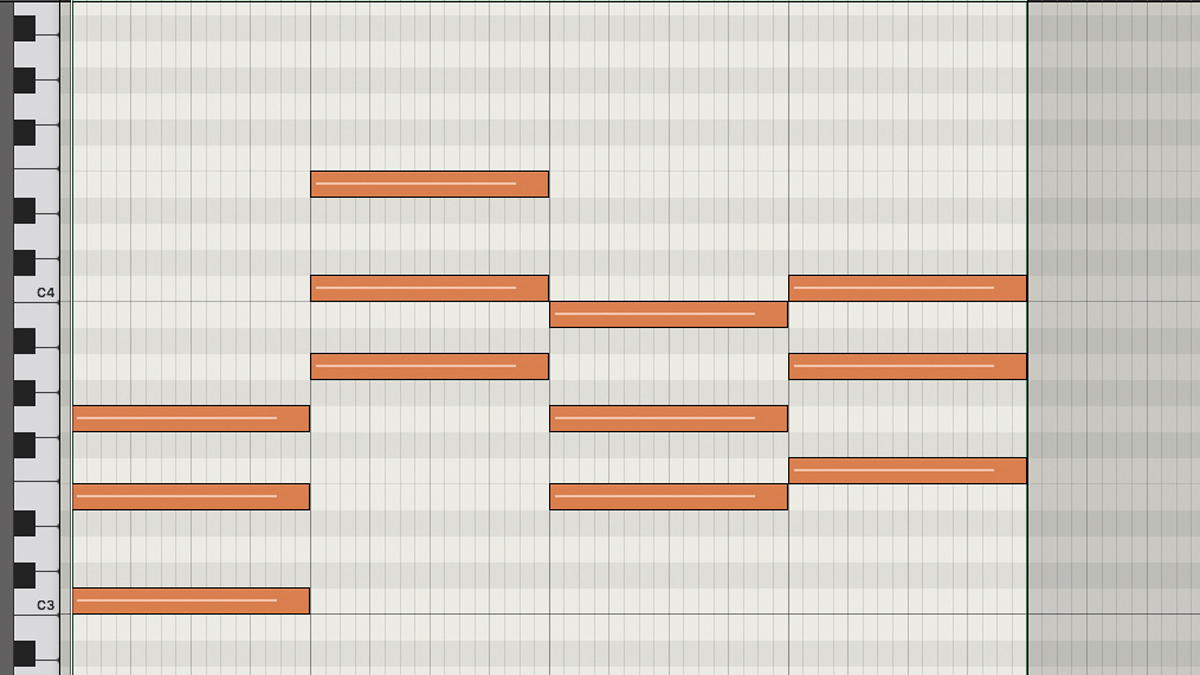
Step 1: This four-bar chord progression in C major (C - Am - Em - F), has all the chords played in ‘root position’ - with the root note as the lowest note. Played this way, the chords jump around the keyboard a fair bit and it sounds quite disjointed, not to mention harder to play as a result.

Step 2: To make a first inversion of a triad, we transpose the bottom note up by one octave. Doing this to the first, third and fourth chords in our piece (C, Em and F) brings them closer in pitch to the second chord of Am, making a smoother progression. Previously C - E - G, the C chord is now voiced E - G - C.
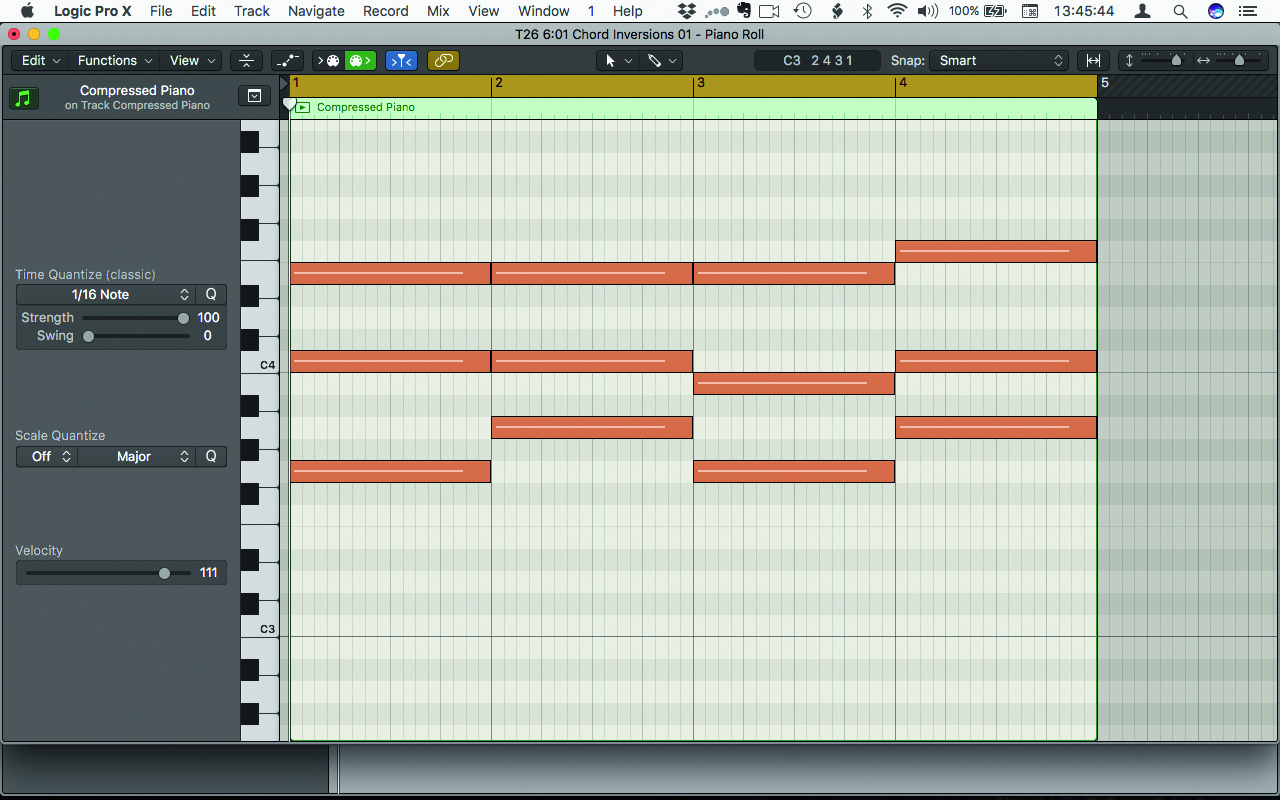
Step 3: This sounds better, but we can improve things further by turning the C chord into a second inversion. We do this by shifting the 3rd of the chord (the E note) up by an octave as well, making the 5th (G) the lowest note in the chord. There’s now minimal movement up and down the keys as the chords change.
Chord voicings
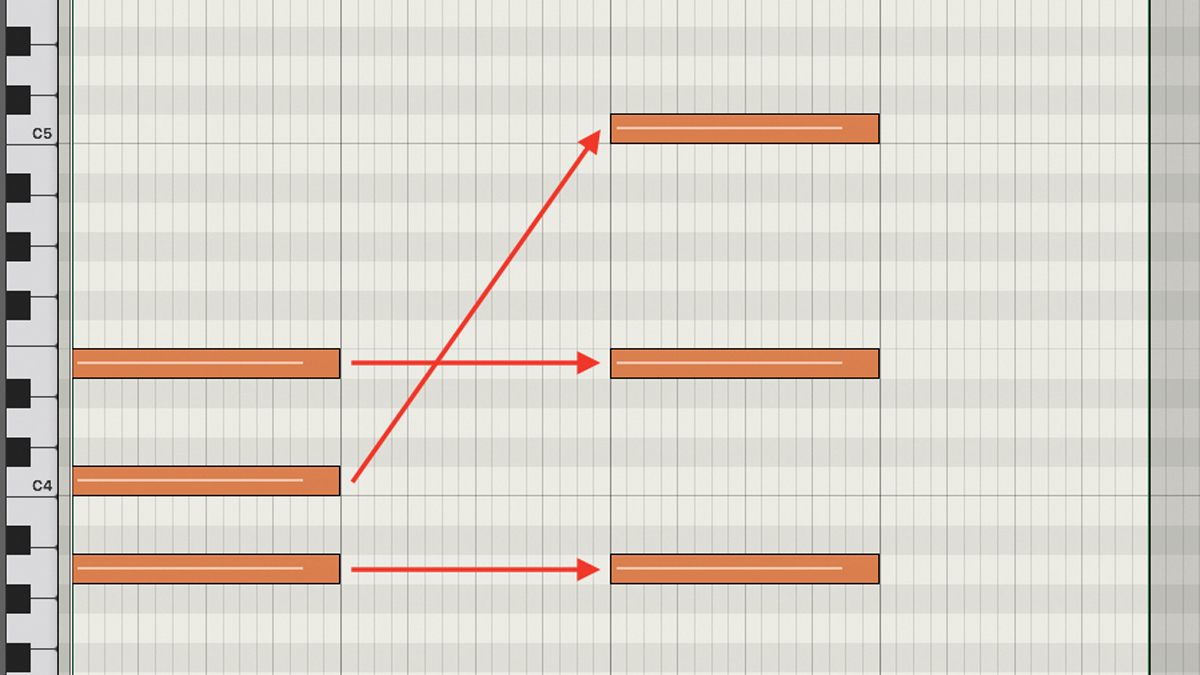
Voicings are similar to inversions in that they involve adjusting the order in which notes in a chord are played. Rather than just shifting octaves around, however, voicings spread notes across the keys into different octaves, for instance, or sometimes remove a note altogether.
As an example, an A minor triad is played normally as A-C-E. If we shift the 3rd (E) up an octave but leave the root and 5th where they are to get A-E-C, this is known as an open voicing rather than an inversion, because the 3rd is now in a different octave than the root.
Get the MusicRadar Newsletter
Want all the hottest music and gear news, reviews, deals, features and more, direct to your inbox? Sign up here.
Rootless voicings
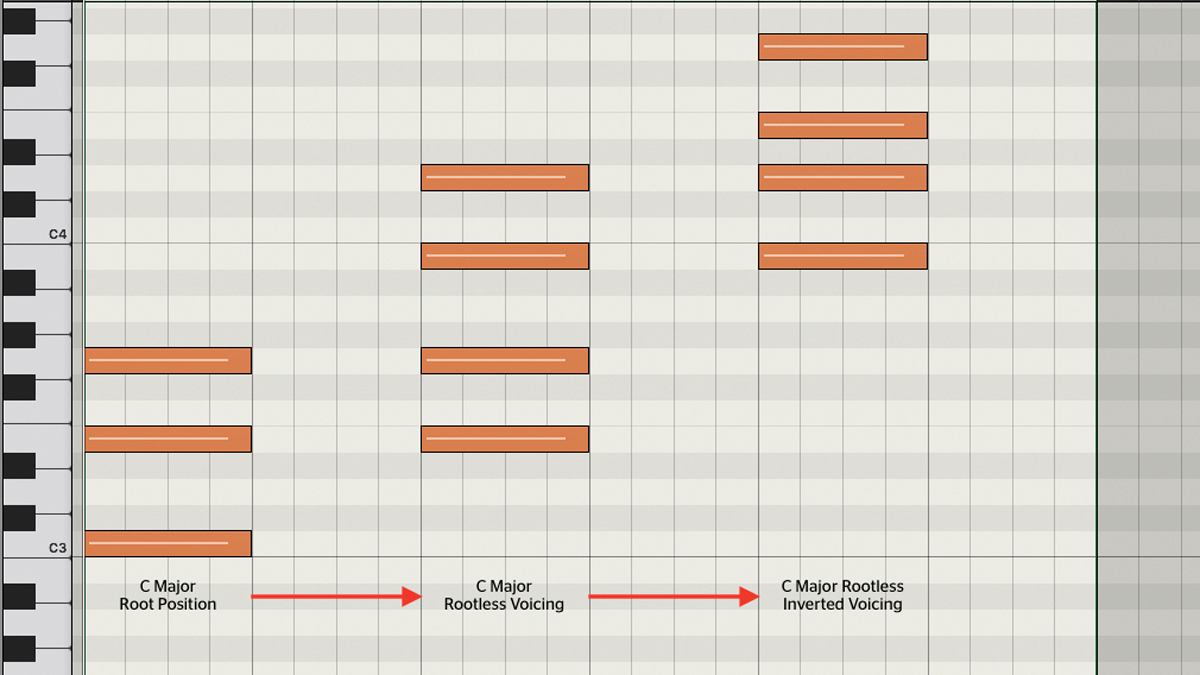
Rootless voicings are a way of playing chords without the root note. In band scenarios where the root note is handled by a bass player, they’re useful since they can be played with the left hand, leaving the right hand free to improvise.
You can create a rootless voicing for a major chord by building a minor 7th chord off the major 3rd. In the case of C major, the major 3rd is E, so you would play Em7 (E-G-B-D). You could then invert this to, say, B-D-E-G for a different vibe. Meanwhile, for minor chords, simply build a major 7th chord off the minor 3rd.
Voice leading
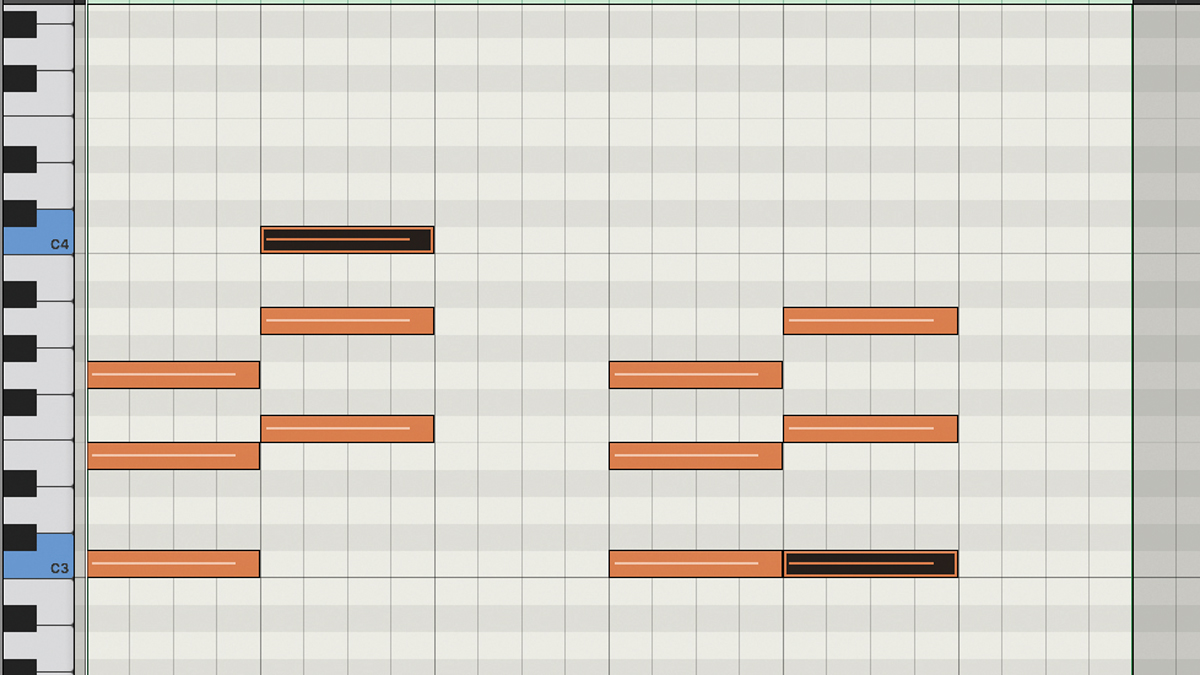
Voice leading is the practise of inverting chords in a progression so that they flow together as seamlessly as possible. The trick is to use inversions to keep notes that are common to both chords in the same position in each chord. If there are no common tones, then use the same inversion of each chord to keep the note movement to a minimum.
For example, moving from C major (C-E-G) to F major (F-A-C), with both chords in root position produces a major jump up the keyboard. But by inverting the F chord to a second inversion (C-F-A), the lowest note remains C, with minimal movement in the upper two chord tones.
Computer Music magazine is the world’s best selling publication dedicated solely to making great music with your Mac or PC computer. Each issue it brings its lucky readers the best in cutting-edge tutorials, need-to-know, expert software reviews and even all the tools you actually need to make great music today, courtesy of our legendary CM Plugin Suite.










